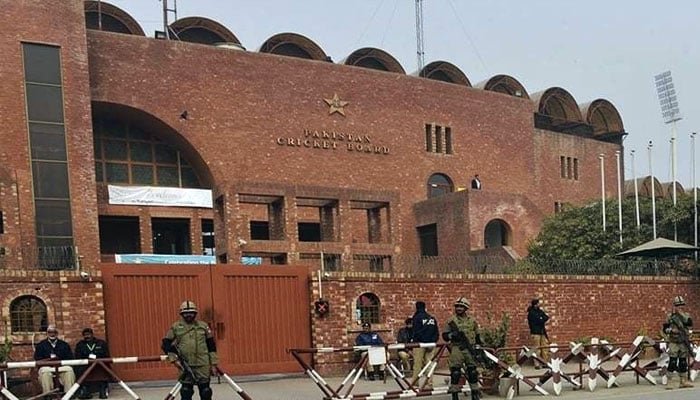Author: Ramzan Sheikh – Change of Chairman PCB
In a country like Pakistan, the word ‘change’ seems completely alien. Whether the process of change is at the government level or at the institutional level, it is not easy to achieve. Perhaps it is the common tragedy of third-world countries that they are afraid of the concept of change as a whole. However, as it is said that ‘constancy is the result of the change in time’, change or change is the only thing that has permanence in this universe. This change in the phenomena of nature is abundant. Everything appears in the journey.
A similar change was seen in the Pakistan Cricket Board when late-night Najam Sethi tweeted that he had now become the head of the Pakistan Cricket Board, and Ramiz Raja could now go home. Ramiz Raja condemned not only the move but also the tweet and clearly said that it is highly inappropriate to send someone home in the ongoing season and then tweet at midnight.
History and tradition show that the change of government in Pakistan also leads to the change of heads of various institutions. After Imran Government left, the process of changing the Chairman Pakistan Cricket Board was due. But it had to happen eventually. Najam Sethi, who the Imran government sacked. How could the new government coolly tolerate that Ramiz Raja remains the head of the Pakistan Cricket Board in their representative government? Ramiz Raja was lucky that even after the change of government, seven or eight months were taken. Otherwise, Najam Sethi would have been trying hard from day one, and he used to meet Prime Minister Shehbaz Sharif from time to time in this regard.
Najam Sethi and Rameez Raja, as the Chairman of the Pakistan Cricket Board, apparently want to improve Pakistan Cricket but the steps taken by both regarding the improvement of cricket seem to contradict each other. For example, Ramiz Raja completely abolished departmental cricket, although he did so at the behest of Imran Khan, who wanted to develop an Australian-style cricket structure in Pakistan. Regardless of whether the objective conditions of Pakistan can afford it or not. In contrast, Najam Sethi, in his first press conference after returning as the Chairman of the Pakistan Cricket Board, indicated the restoration of department cricket.
Ramiz Raja has adopted a zero-tolerance policy for players involved in match-fixing, while Najam Sethi has a lenient approach in this regard. They believe that if a player has confessed to match-fixing and has apologized, then he should get a second chance. Rameez Raja has been keen on the inclusion of young players in the Pakistan cricket team and has seemed to ignore the experienced but ageing players. The example of Shoaib Malik and Mohammad Hafeez is in front of everyone that despite public pressure, they were not allowed to play in the World Cup. They were not considered even. While Najam Sethi thinks otherwise, he values young as well as experienced players. With the return of Najam Sethi as the Chairman of the Pakistan Cricket Board, the way for the return of senior players has also been paved. The biggest example of this is the return of former captain Sarfraz Ahmed and Mir Hamza in the Karachi Test.
Ramiz Raja threatened to boycott the 50-over World Cup scheduled in India if the Indian team does not play the Asia Cricket Cup scheduled in Pakistan, but Najam Sethi made a statement as soon as he arrived that Pakistan does not think so.
But despite all these differences, both the chairmen wanted the welfare and improvement of Pakistan Cricket. Regardless, the approaches and working methods of both were completely different from each other. For example, both contributed to building the PSL brand. One planted PSL, and the other brought PSL from UAE to Pakistan. In one’s chairmanship, Pakistan became number one in the Test, while in the other’s tenure, Pakistan cricket team played the final of the T20 World Cup. Therefore, despite the difference in thinking and approach, if someone wants to work and move forward, no one can stop him.
Like all other institutions, the appointments to multiple positions of PCB manifest discretion, whims and nepotism. Organizations must incorporate the rule of consistency as per law. The tenure protection along with substantive and legal arrangements must be ensured by subsequent governments. Despite the rule of consistency, the primary mode of appointments should be based on transparent and participatory election. All divisions of cricket structures must elect their representative persons to run the affairs of the board at all levels accordingly. Institutions do not function on whims but on transparent representation.
Urdu Version: https://republicpolicy.com/chairman-pcb-ki-tabdeli/













